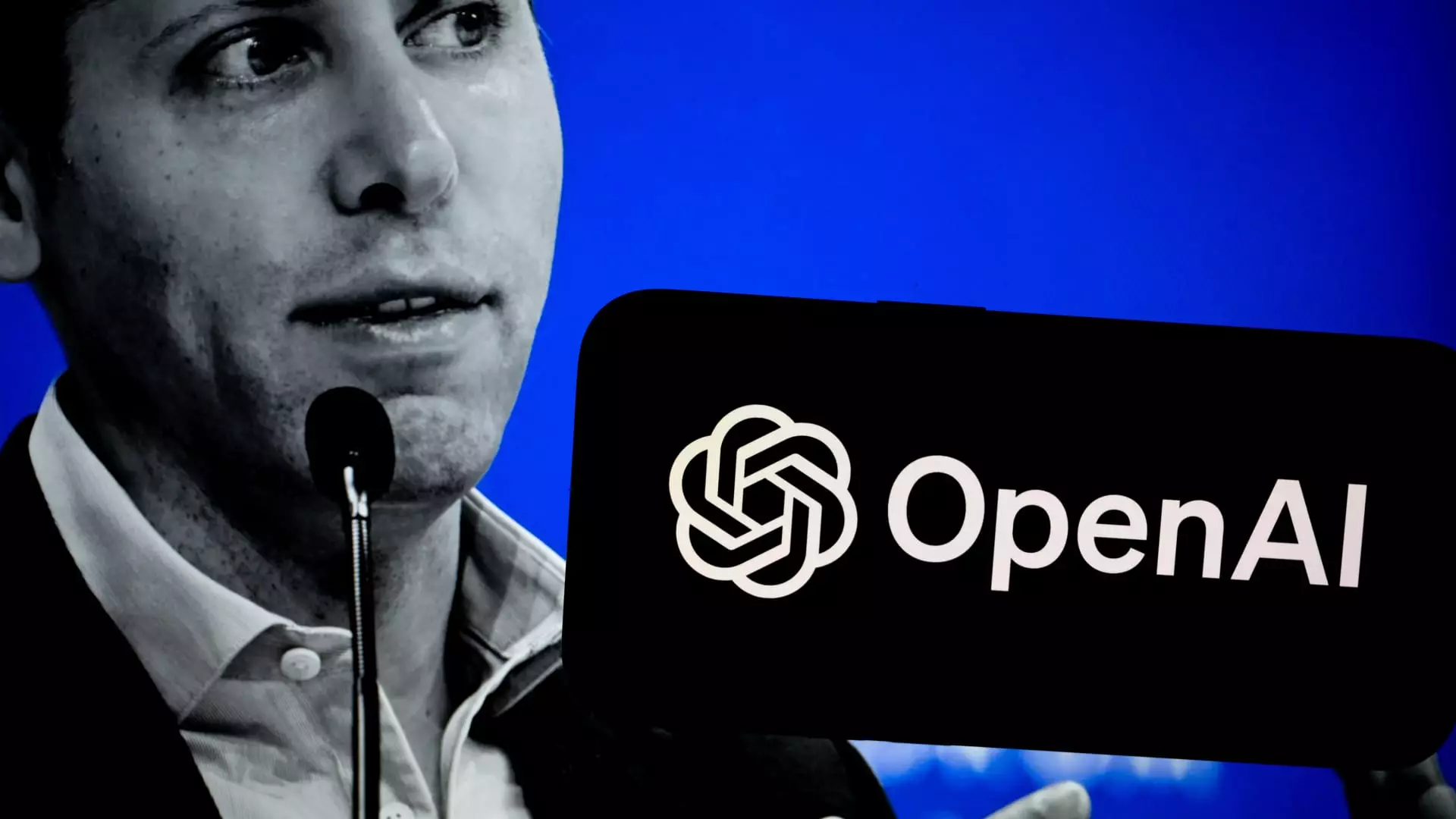OpenAI has become a household name in the realm of artificial intelligence, especially following the release of ChatGPT. However, this innovative enterprise is not without its challenges. The recent all-hands meeting, led by CEO Sam Altman, underscored a time of uncertainty at OpenAI, especially regarding executive departures and equity stakes that have raised eyebrows among investors. This article delves into the implications of these developments and the potential trajectory of the company.
The leadership team at OpenAI has undergone notable changes, raising questions about stability and future direction. In recent days, several high-profile executives—most notably Mira Murati, the Chief Technology Officer—have announced their resignations. Murati’s departure, after six and a half years with the company, is particularly striking given her pivotal role during the company’s groundbreaking projects. This exodus also included research leaders Bob McGrew and Barret Zoph, with the organization experiencing an unsettling pattern of executive turnover.
While Altman attempted to reassure employees that these departures are not intrinsically related to the company’s potential restructuring, concerns remain about whether such a narrative can hold up under scrutiny. A series of high-level exits often signals deeper systemic issues or dissatisfaction within a company’s culture or strategic direction. The recent shifts have drawn comparisons to past turbulence, as Altman himself faced a brief ouster in November 2023, further complicating the perception of OpenAI’s internal dynamics.
The Equity Stake Controversy
The all-hands meeting also addressed the contentious topic of equity stakes for Altman, with speculation swirling regarding his compensation package. Altman emphatically dismissed claims of plans for a substantial equity stake, labeling them as inaccurate. The firm’s chairman, Bret Taylor, corroborated this by stating that discussions about equity compensation are ongoing but have not reached the point of concrete decisions.
This ambiguity raises critical questions: How do executive compensation and equity allocation impact organizational behavior and employee motivation? An environment where top leaders lack equity ties can lead to a disconnect between leadership objectives and employee morale. The current situation highlights an essential dialogue within tech companies about best practices in rewarding executives while ensuring alignment with overall company missions and employee satisfaction.
In light of the economic climate and OpenAI’s rising valuation—rumored to exceed $150 billion with a pending funding round led by Thrive Capital—discussions surrounding potential restructuring to a for-profit model have surfaced. This consideration introduces complexity, as a transition in corporate structure may lead to further changes in culture and operations. The specifics of such a shift remain uncertain, with indications suggesting that the nonprofit arm of OpenAI might continue to operate separately.
The implications of such restructuring efforts could be profound. While a for-profit model could unlock new funding streams and growth opportunities, it risks diluting the initial mission-driven focus that many stakeholders value. Finding a balance will be essential for OpenAI to maintain its innovative edge while meeting shareholder expectations.
Despite the buzz surrounding its technologies, OpenAI’s rapid growth has not come without controversy. The swift rise following the launch of ChatGPT has triggered discussions about the ethical implications of AI development and its societal impacts. Many employees have voiced concerns about the speed at which the company operates, fearing that the push for rapid advancements could compromise operational safety.
As OpenAI navigates this turbulent landscape, its leadership must learn from past experiences. The organizational challenges stemming from Altman’s brief ousting resonate throughout the company, as many employees expressed readiness to leave in response to what they deemed poor governance decisions. Such responses indicate a potential crisis of confidence within the ranks that could undermine productivity and innovation.
Ultimately, the path forward for OpenAI hinges on its ability to secure effective leadership, address internal morale, and clarify its corporate structure. As Altman strives to restore confidence among employees and investors alike, OpenAI must confront the pressing challenge of balancing growth ambitions with a steadfast commitment to ethical AI development.
The leadership transitions, equity speculations, and impending restructuring strategies encapsulate a complex narrative of a company at a crossroads. How Altman and his team navigate these turbulent waters will shape not only the future of OpenAI but also the discourse surrounding AI’s role in society in the years to come. As the situation continues to unfold, stakeholders will watch closely, hoping for a resolution that aligns with both innovation and ethical responsibility.


Leave a Reply